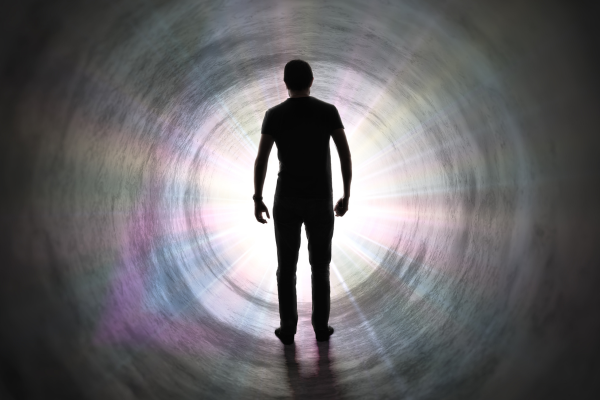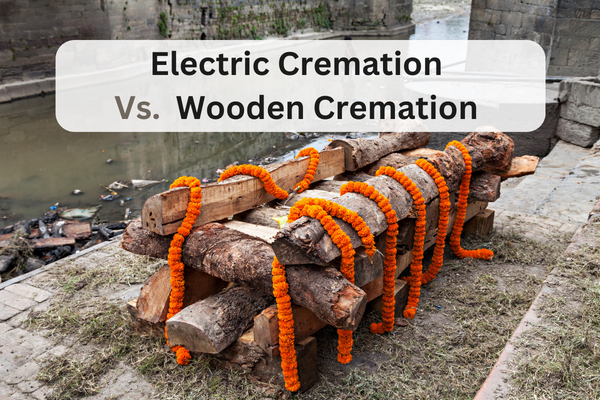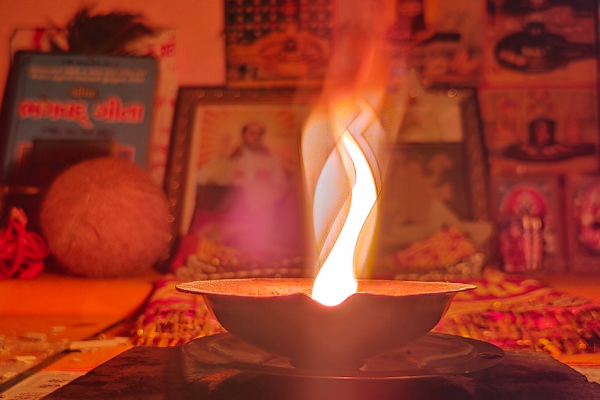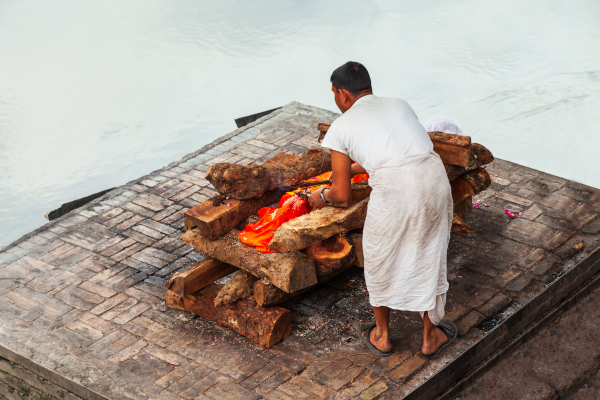Currently Empty: $0.00
What Is The Journey Of The Soul After Life According To Hinduism?
Hinduism, one of the world’s oldest and most diverse religions, holds profound beliefs about the after-life journey of the soul. Rooted in a rich tapestry of scriptures, philosophical concepts, and cultural traditions, Hinduism offers a comprehensive understanding of what happens to the soul after death. Central to these beliefs is the notion of reincarnation, where the soul undergoes a perpetual cycle of birth and rebirth until it attains liberation, or moksha. In this article, we will delve into the fascinating journey of the soul in the after-life according to Hinduism.
The Cycle of Reincarnation
Hinduism postulates that the soul, also known as atman, is eternal and indestructible. It is distinct from the physical body and exists beyond the limitations of time and space. Upon the death of the physical body, the soul embarks on a journey through the cycle of reincarnation, known as samsara.
Samsara is a continuous cycle of birth, life, death, and rebirth. The nature of the next life is determined by the accumulated karma of the soul, which refers to the sum of its actions and deeds in previous lives. Positive actions lead to good karma, resulting in a higher and more auspicious birth, while negative actions lead to bad karma, leading to a lower birth.
Journey of the Soul
As the soul transitions from one life to another, it passes through various realms based on its accumulated karma. According to Hindu scriptures, these realms are categorized into three main paths: Devayana, Pitruyana, and Narakayana.
i. Devayana (Path of the Gods): Souls with virtuous and righteous deeds ascend to higher planes and experience the divine presence. In Devayana, the soul may reside in the realms of celestial beings or even commune with deities. However, this state of existence is not eternal, and eventually, the soul must return to the cycle of birth and death.
ii. Pitruyana (Path of the Ancestors): This path is reserved for souls with moderate karma, neither excessively virtuous nor overtly sinful. Souls in Pitruyana realm experience a state of contentment and may be reborn as human beings to continue their journey towards liberation.
iii. Narakayana (Path of Hell): Souls laden with negative karma and sinful actions are said to descend into lower planes where they undergo suffering and purification. This realm is not a final destination but serves as a temporary phase in the soul’s journey towards redemption.
Moksha: Liberation from Samsara
The ultimate goal of the soul’s after-life journey in Hinduism is to break free from the cycle of samsara and attain moksha – liberation or enlightenment. Achieving moksha means transcending the limitations of the physical world and merging with the divine cosmic consciousness, breaking the cycle of birth and rebirth.
To attain moksha, one must lead a life of righteousness (dharma), perform selfless actions (karma yoga), seek knowledge and wisdom (jnana yoga), and cultivate devotion (bhakti yoga) towards the divine. By purifying the mind and shedding all attachments, the soul becomes eligible for liberation.
Conclusion
Hinduism’s concept of the after-life journey of the soul offers a profound insight into the nature of existence, karma, and the pursuit of liberation. The belief in reincarnation provides a framework for understanding the consequences of our actions and emphasizes the importance of leading a virtuous life. The goal of moksha inspires individuals to seek spiritual enlightenment and break free from the cycle of birth and rebirth, ultimately achieving unity with the divine. In essence, the Hindu understanding of the after-life journey of the soul is a timeless and profound exploration of life’s purpose and the eternal quest for spiritual liberation.









